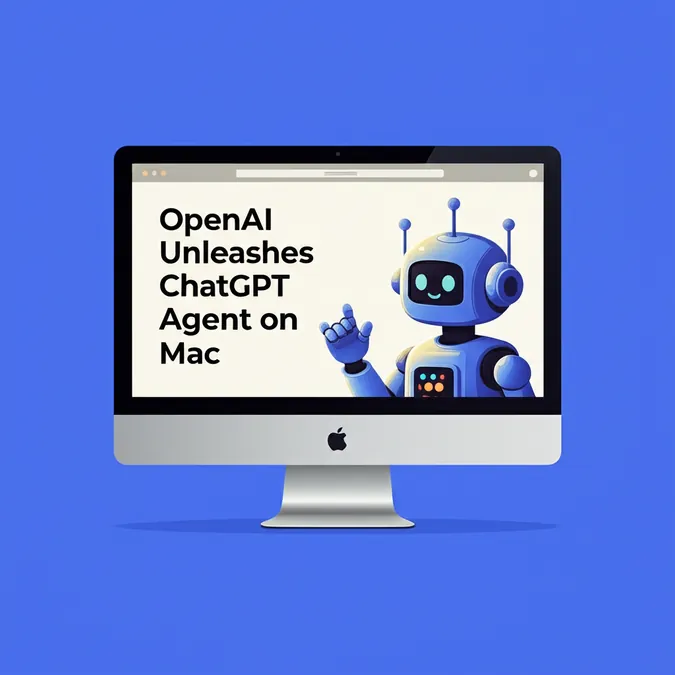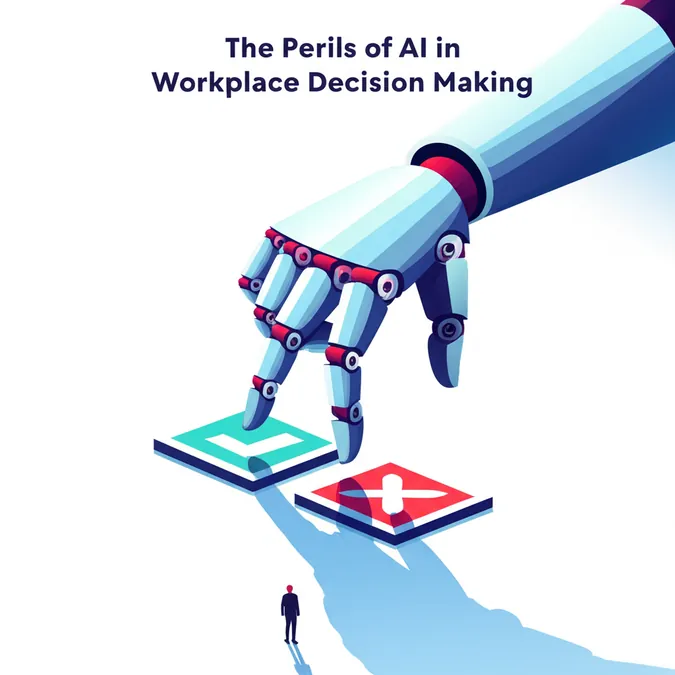Developer Offer
Try ImaginePro API with 50 Free Credits
Build and ship AI-powered visuals with Midjourney, Flux, and more — free credits refresh every month.
The Unexpected Ally AI in Mental Healthcare
I recently prepared for a podcast discussion on artificial intelligence in therapy, a topic that, I admit, required significant research on my part. I've only used tools like ChatGPT sporadically and often forget they exist. This deep dive, however, sparked a genuine interest in how AI is currently shaping my field.
A Look Back at AI's Humble Beginnings
Some might recall ELIZA, a pioneering natural language program from what would become MIT's AI lab. Its creator, Joseph Weizenbaum, was later shocked to find people ascribed human-like thoughts and feelings to it. He wrote, "I had not realized… that extremely short exposures to a relatively simple computer program could induce powerful delusional thinking in quite normal people." Programmed to act as a Rogerian therapist by echoing back user statements, ELIZA was even used by some therapists for pre-screening or to supplement their work.
Can a Chatbot Replace Your Therapist?
Fast forward to today, and ChatGPT is light-years beyond its ancestor, convincing many users of its human-like empathy and emotions. This inevitably leads to a critical question: If a chatbot can offer advice for free, why should anyone pay for a therapist?
I understand the logic. In certain situations, a chatbot might even be the best immediate solution. For instance, a client of mine struggling with interpersonal issues was up late one night, deeply upset. He turned to an AI chatbot, which provided sound advice on emotional regulation and communication. As this happened at three o’clock in the morning, I was certainly grateful he had a resource to turn to instead of calling me at that hour!
Putting AI to the Test in a Clinical Context
This experience piqued my curiosity. I decided to ask a chatbot some questions that frequently arise in my work with gay men. The answers were factual, relevant, and frankly, very similar to what I would have said. What's more, the chatbot that helped my client at 3:00 AM also advised him to explore his issues further with a therapist. It provided both immediate relief and a solid plan for his long-term mental health.
The Irreplaceable Human Element of Therapy
So, could chatbots render our profession obsolete? I firmly believe not. A machine cannot replace the interpersonal experience provided by a qualified therapist, which remains the heart of what therapy offers. Decades of research confirm that the therapeutic relationship itself is the primary agent of change, far more than simply receiving answers to specific problems.
Think about it: don't you feel a sense of relief and confidence after a checkup with your doctor? That human contact reassures you. A visit with a therapist provides a similar feeling—of being with someone who cares and considers you an active partner in your own healthcare. We build relationships that are deeply meaningful.
Understanding Transference in the Digital Age
In therapy, transference is a key tool for understanding a client’s history and emotional patterns. While a therapist's own experiences and personality can lead to countertransference, we are trained to recognize and manage these reactions. This dynamic binds the client and therapist, creating profound and intimate moments as the client's past is explored. This is something a chatbot can never replicate; it requires genuine human empathy, understanding, and commitment.
Embracing AI as a Digital Co-Therapist
I was surprised by how useful ChatGPT has been for me, my clients, and even my friends. Despite my initial distrust and skepticism, I am now a believer—with an important caveat. These tools must be used with a critical eye. Chatbots can experience 'hallucinations,' meaning they can state things that are simply not true. An author friend experienced this when an AI suggested several non-existent books as comparable titles for his work.
I also work with a client, a minister, who stumbled upon a chatbot and felt he'd discovered a new world of information. He used it to gather ideas and rephrased them for a sermon, then asked me about the ethics of his approach. I told him that taking information and tailoring it to his specific needs was an excellent use of a resource.
Final Thoughts and Practical Tips for Using AI
Truthfully, the chatbot is teaching me how to use it, and with clearer instructions than an IKEA manual. If I can learn to navigate it, anyone can.
It seems clear that embracing our current technological landscape is far healthier than rejecting it. People are getting good answers to important questions about their lives and relationships, and this isn't diminishing the essential role of the therapist.
What’s not to like?
- Use a discerning mind. If something sounds implausible, it probably is.
- Check the sources. Make sure your bot isn’t making things up.
- Enjoy your new co-therapist. Appreciate having a non-human tool that consistently encourages users to seek professional mental health support.
Compare Plans & Pricing
Find the plan that matches your workload and unlock full access to ImaginePro.
| Plan | Price | Highlights |
|---|---|---|
| Standard | $8 / month |
|
| Premium | $20 / month |
|
Need custom terms? Talk to us to tailor credits, rate limits, or deployment options.
View All Pricing Details

